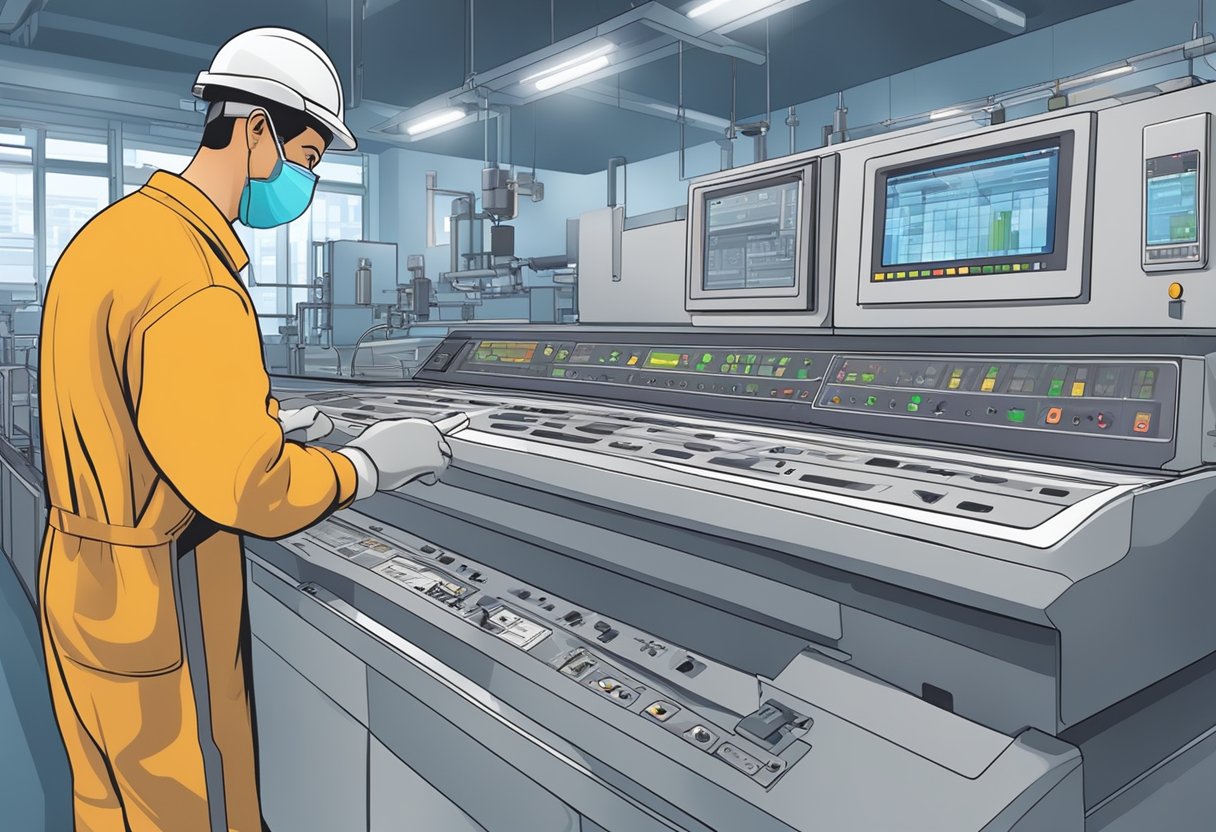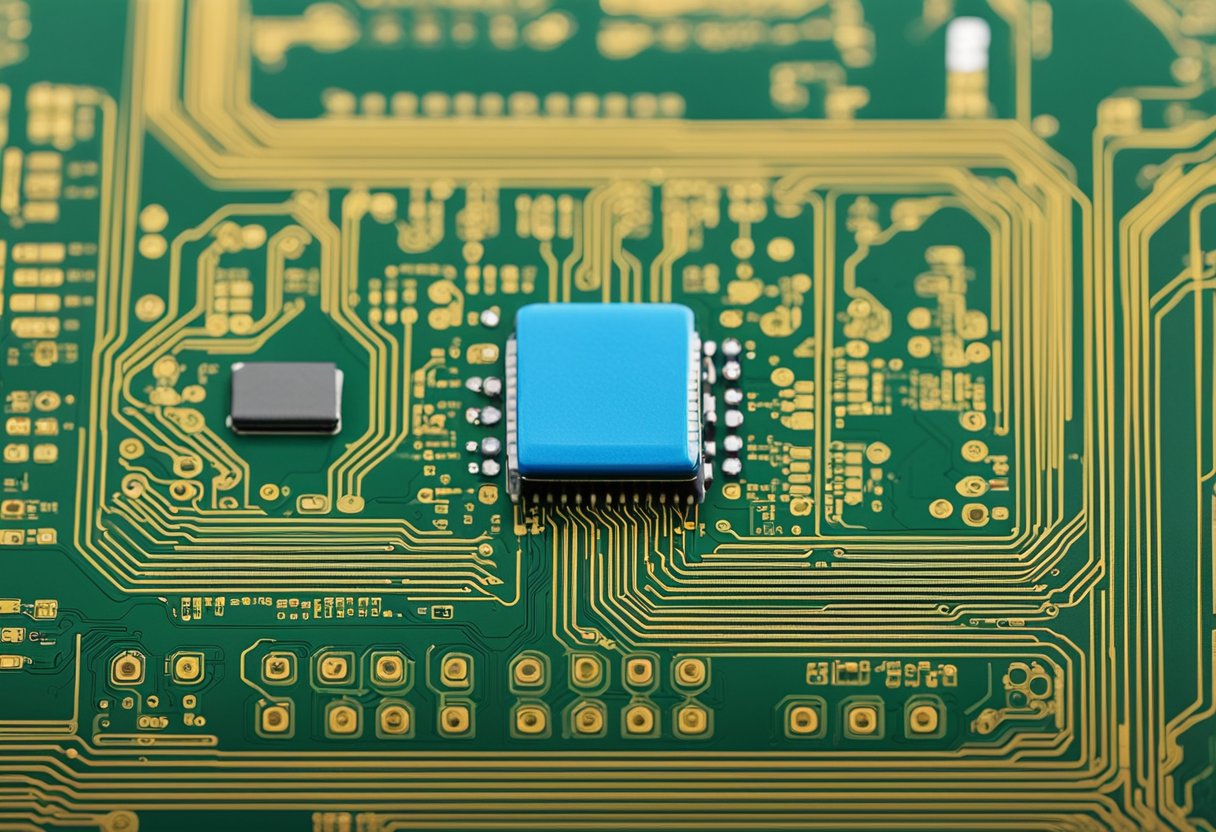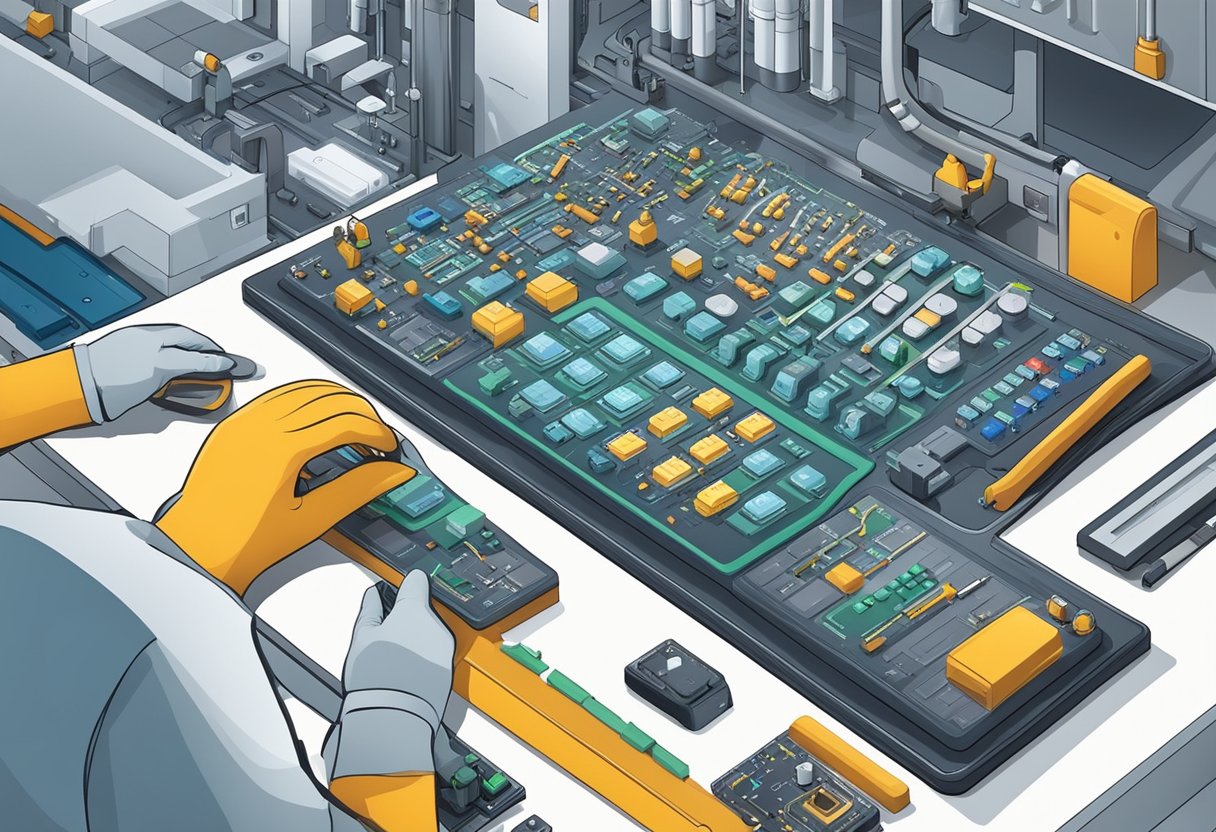Contact
Write to Us And We Would Be Happy to Advise You.
Do you have any questions, or would you like to speak directly with a representative?
By peter
If you are looking for a reliable and innovative solution for your electronic device, you might want to consider a membrane switchs. A membrane switch manufacturers is a flexible, low-profile electrical switch that is used in a wide range of applications, from medical devices to aerospace equipment. It is a cost-effective and durable alternative to traditional mechanical switches, and offers a high level of customization in terms of design, functionality, and performance.

To ensure the quality and performance of your membrane switch, it is important to choose a reputable and experienced membrane switch manufacturers. A good manufacturer will have the expertise, equipment, and resources to design, produce, and test your membrane switch to meet your specific requirements and standards. They will also be able to offer you a range of options in terms of materials, adhesives, printing, embossing, backlighting, and more, to help you achieve the desired look and feel of your device.
When selecting a membrane switch manufacturer, you should look for a company that has a proven track record of success, a strong commitment to quality and customer service, and a willingness to work with you throughout the entire process, from concept to delivery. You should also consider the company’s capabilities, certifications, and industry expertise, as well as their pricing, lead times, and warranty policies. By choosing the right membrane switch manufacturer, you can ensure the success of your project and the satisfaction of your customers.

Membrane switches are a type of user interface that uses pressure to open and close a circuit. They are typically used in electronic devices and equipment, such as medical devices, industrial controls, and consumer electronics. Membrane switches are made up of several layers of materials, each with a specific function.
The most basic membrane switch consists of three layers: a top graphic overlay layer, a middle spacer layer, and a bottom circuit layer. The graphic overlay layer is the top layer of the switch, and it is where the user interacts with the device. It can be made of a variety of materials, including polyester, polycarbonate, and acrylic. The graphic overlay layer can be customized with graphics, colors, and text to meet the specific needs of the device.
The middle spacer layer is a thin layer of material that separates the graphic overlay layer from the bottom circuit layer. It can be made of a variety of materials, including polyester, polyethylene, and polyurethane. The spacer layer is designed to provide a cushion between the graphic overlay layer and the circuit layer, which helps to prevent damage to the circuit layer.
The bottom circuit layer is the layer that contains the circuitry of the switch. It is typically made of a thin layer of copper or silver ink that is printed onto a flexible substrate, such as polyester or polyimide. The circuit layer can be designed to include a variety of features, including LEDs, tactile feedback, and backlighting.
When a user presses a button on a membrane switch, the graphic overlay layer is pushed down onto the spacer layer, which compresses and makes contact with the circuit layer. This contact completes the circuit and sends a signal to the device. When the user releases the button, the graphic overlay layer springs back to its original position, breaking the contact with the circuit layer and turning off the signal.
Membrane switches are a reliable and cost-effective solution for a variety of electronic devices and equipment. They are durable, easy to clean, and can be customized to meet the specific needs of the device.

When it comes to designing and customizing membrane switches, there are several factors to consider. In this section, we will explore some of the most important design and customization options available to you.
One of the most important aspects of membrane switch design is the graphic overlay. This is the layer of the switch that is visible to the user and contains all of the buttons, icons, and other visual elements. It is important to choose a graphic overlay that is both visually appealing and functional. Many membrane switch manufacturers offer custom graphic overlays that can be designed to your exact specifications. These overlays can be made using a variety of materials, including polyester, polycarbonate, and PVC.
Another important consideration when designing a membrane switch is whether to include tactile or non-tactile feedback. Tactile feedback provides a physical response when a button is pressed, such as a click or snap. Non-tactile feedback, on the other hand, provides no physical response but may still emit a sound or light to indicate that the button has been pressed. The choice between tactile and non-tactile feedback will depend on the specific application and user preferences.
Finally, backlighting is an important consideration when designing a membrane switch. Backlighting can improve visibility in low-light conditions and can also add a visual element to the switch. There are several backlighting options available, including LED, EL, and fiber optic lighting. LED lighting is the most common and is available in a wide range of colors. EL lighting is a thin, flexible lighting option that is well-suited for backlighting large areas. Fiber optic lighting is a more specialized option that can be used to create unique lighting effects.
In conclusion, when designing a membrane switch, it is important to consider factors such as custom graphic overlays, tactile vs. non-tactile feedback, and backlighting options. By working with a reputable membrane switch manufacturer, you can create a switch that is both visually appealing and functional for your specific application.
When it comes to manufacturing membrane switches, there are several processes involved. In this section, we will discuss some of the most common processes used by membrane switch manufacturers.
Screen printing is the most common method used to print conductive circuits on a membrane switch. This process involves printing a conductive ink on a flexible substrate. The ink is then cured using heat or UV light. This process is repeated for each layer of the membrane switch.
Die cutting is a process used to cut the membrane switch into the desired shape. This is done using a die, which is a tool made of steel. The die is designed to cut through the layers of the membrane switch, leaving the desired shape. Embossing is a process used to create a raised or recessed area on the membrane switch. This is done using a male and female die.
Once the membrane switch has been printed, cut, and embossed, it is time to assemble and test it. The layers of the switch are laminated together, and the switch is tested to ensure that it is functioning properly. This includes testing for electrical continuity, actuation force, and tactile response.
Overall, the manufacturing process for membrane switches is complex and requires a high level of expertise. By using the right manufacturing processes, membrane switch manufacturers can produce high-quality switches that meet the needs of their customers.
Membrane switches have a wide range of applications in various industries. They are used in industries that require low-voltage applications, from microprocessor-based systems to data entry pads and digital control panels. Here are some of the industries that use membrane switches:
Membrane switches are widely used in the medical industry due to their ability to withstand harsh environments and their ability to be easily cleaned. They are used in devices such as blood analyzers, dialysis machines, and medical imaging equipment. Membrane switches can also be used in medical devices that require touch screens, such as patient monitoring systems and anesthesia machines.
Membrane switches are also used in industrial control systems. They are used in devices such as control panels, programmable logic controllers (PLCs), and human-machine interfaces (HMIs). Membrane switches can withstand harsh environments and are resistant to chemicals, making them ideal for use in industrial control systems.
Membrane switches are used in a variety of consumer electronics, including remote controls, gaming devices, and home automation systems. They are also used in devices such as digital cameras, cell phones, and MP3 players. Membrane switches are ideal for use in consumer electronics because they are thin, flexible, and can be customized to fit the specific needs of the device.
Overall, membrane switches are versatile and can be used in a variety of industries and applications. They are an excellent choice for applications that require a low profile, low-cost solution that is easy to use and durable.
When selecting a membrane switch manufacturer, there are several factors to consider to ensure that you choose the best one for your needs. In this section, we will discuss some of the key factors to consider when selecting a manufacturer.
One of the most important factors to consider when selecting a membrane switch manufacturer is their certifications and quality standards. Look for a manufacturer that is certified by industry organizations such as ISO, UL, and RoHS. These certifications ensure that the manufacturer meets certain quality standards and adheres to industry best practices.
Another important factor to consider is the manufacturer’s experience and portfolio. Look for a manufacturer that has extensive experience in designing and producing membrane switches for a wide range of applications. A membrane switch manufacturer with a diverse portfolio of products can provide you with valuable insights and recommendations for your specific needs.
Finally, it’s important to consider the level of customer service and support that the manufacturer provides. Look for a manufacturer that offers responsive and knowledgeable customer service, as well as technical support throughout the design and production process. A manufacturer that is committed to providing excellent customer service and support can help ensure that your project is successful.
In summary, when selecting a membrane switch manufacturers, look for one that has the necessary certifications and quality standards, extensive experience a diverse portfolio, and a commitment to providing excellent customer service and support. By taking these factors into consideration, you can choose a manufacturer that will meet your needs and help ensure the success of your project.
Do you have any questions, or would you like to speak directly with a representative?